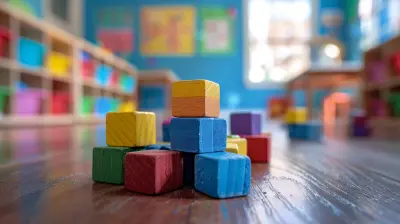Collaborating Across Cultures: Global Projects in the Classroom
3 June 2025
In today’s interconnected world, classrooms are no longer confined to four walls. The internet and digital tools have transformed education, making it possible for students to collaborate with peers from different countries, backgrounds, and cultures. But why is this important? And how can educators make the most of global projects?
Let’s dive into the fascinating world of cultural collaboration and how it enriches learning experiences, builds global awareness, and prepares students for an increasingly globalized world. 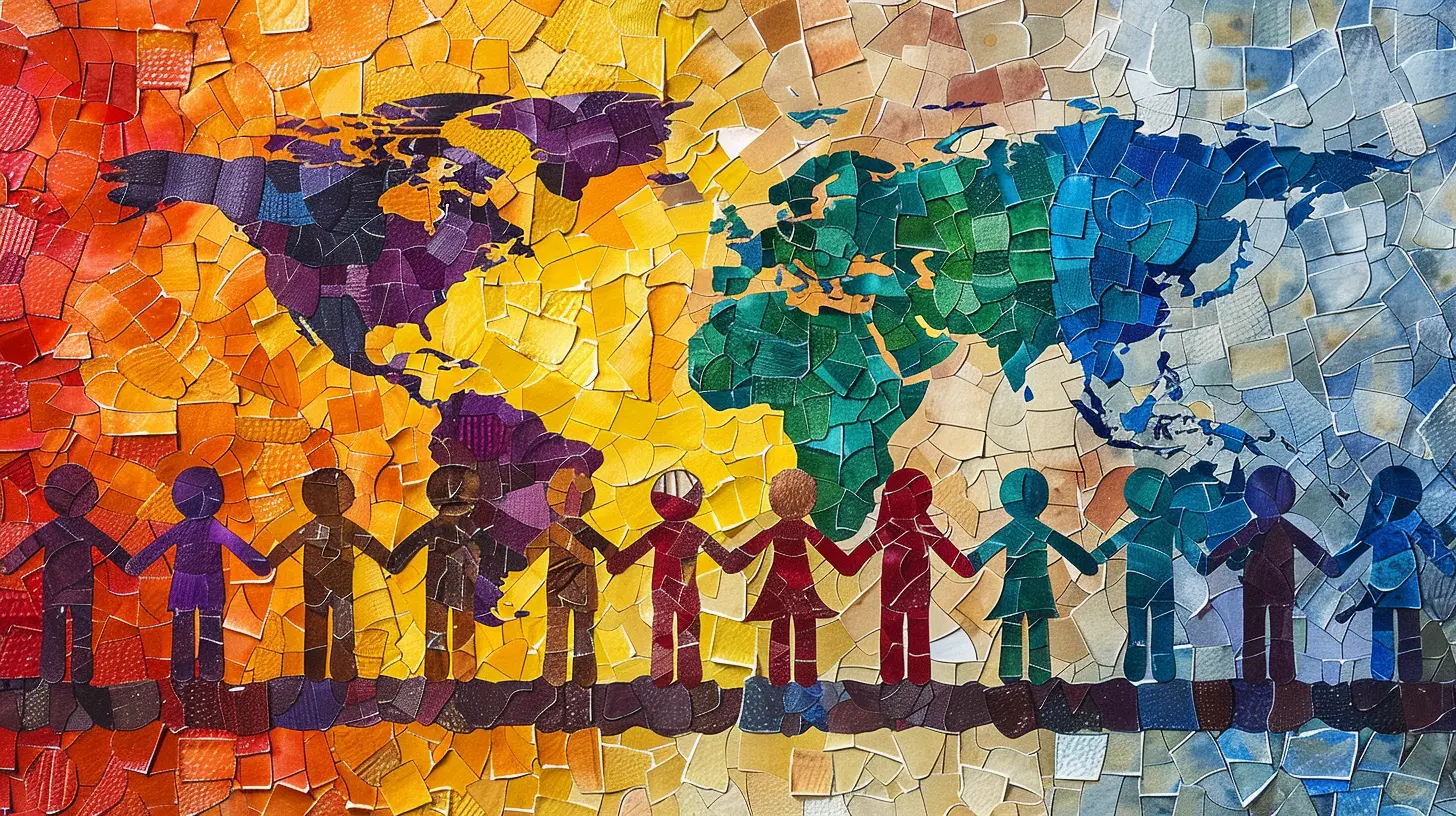
Why Cultural Collaboration Matters in Education
Imagine being a student in a small town and working on a science project with classmates from Japan, Germany, and Brazil. Sounds exciting, right? But it’s more than just fun—it’s a powerful learning experience.1. Broadening Perspectives
Working with students from different cultural backgrounds helps break down stereotypes and fosters mutual respect. Instead of relying on textbook descriptions, students get to interact with real people from different cultures, understanding their values, traditions, and ways of thinking.2. Enhancing Communication Skills
Collaboration across cultures requires students to express their ideas clearly while being open to different viewpoints. They learn the art of patience, active listening, and respectful discussion—essential skills for future workplaces and global interactions.3. Preparing for a Globalized Job Market
Employers seek individuals who can work with diverse teams, adapt to different environments, and think outside the box. When students participate in global projects, they gain firsthand experience in navigating cultural differences, making them better prepared for future careers.4. Encouraging Innovation & Creativity
Different cultures bring different perspectives, and when students exchange ideas, it sparks creativity. They learn to solve problems in ways they might never have considered before. A simple group discussion can lead to exciting, innovative solutions that wouldn’t have emerged in a homogenous classroom.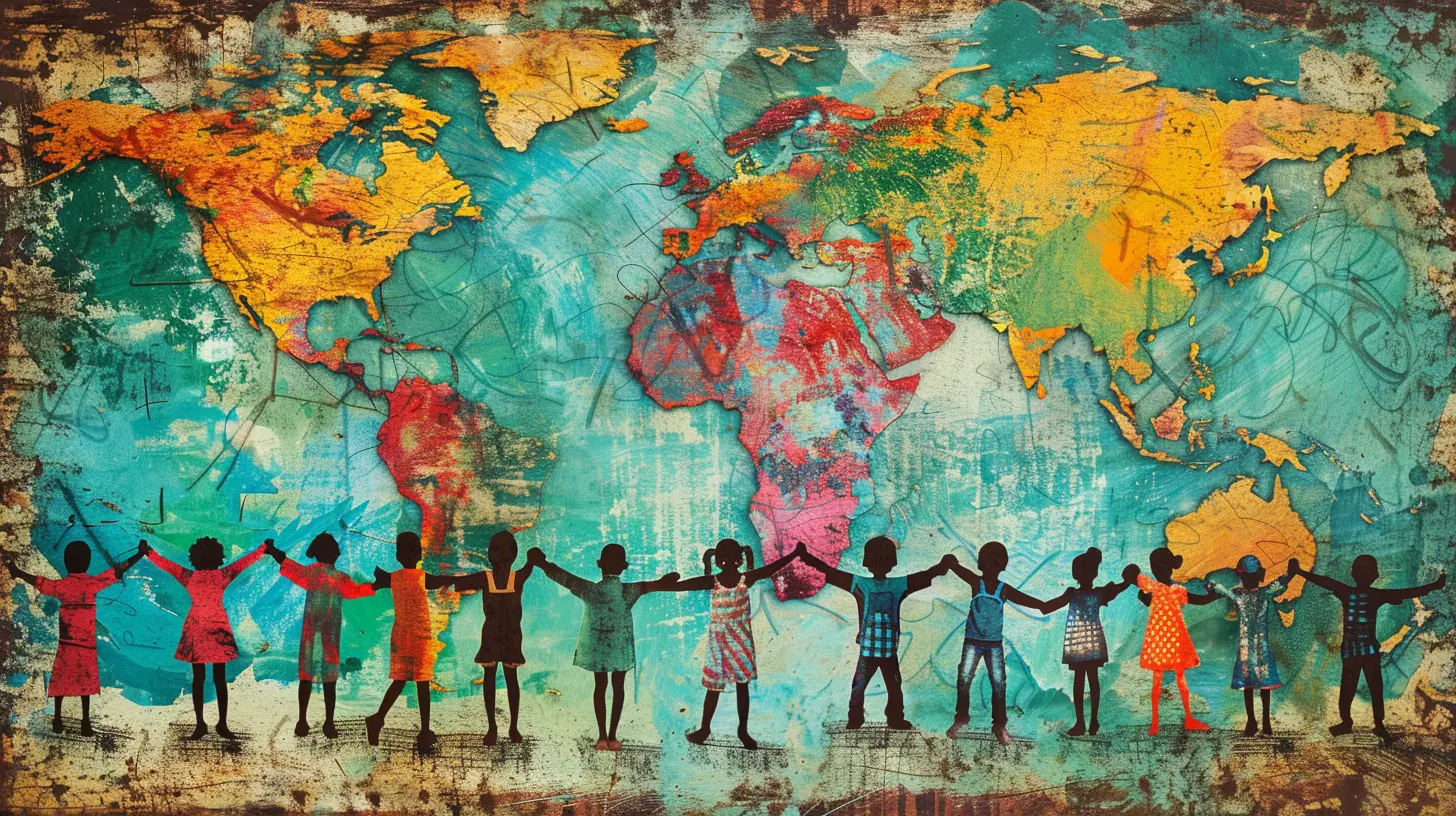
Ways to Introduce Global Projects in the Classroom
Incorporating global collaboration into the classroom doesn’t have to be complicated. With the right tools and mindset, educators can make learning an international adventure.1. Virtual Exchange Programs
Platforms like PenPal Schools and Empatico connect students from different countries, allowing them to work on shared projects, discuss world issues, or even practice new languages. These exchanges provide real-world experience without the need for travel.2. Collaborative Research Projects
Teachers can set up research projects where students from different countries work together on a common topic, such as climate change, global health, or cultural heritage. This encourages cross-cultural understanding and teamwork.3. International Video Conferences
Bringing guest speakers from different parts of the world into the classroom via video calls can be a game-changer. Students can ask questions, gain new insights, and understand global perspectives firsthand.4. Joint Blogging & Social Media Discussions
Students can collaborate on a shared blog where they write about cultural traditions, global challenges, or personal experiences. Alternatively, moderated social media groups can encourage meaningful discussions on important topics.5. Global Competitions & Hackathons
From coding hackathons to storytelling competitions, many international contests encourage students to team up with peers from different countries. These contests build skills while promoting cultural exchange.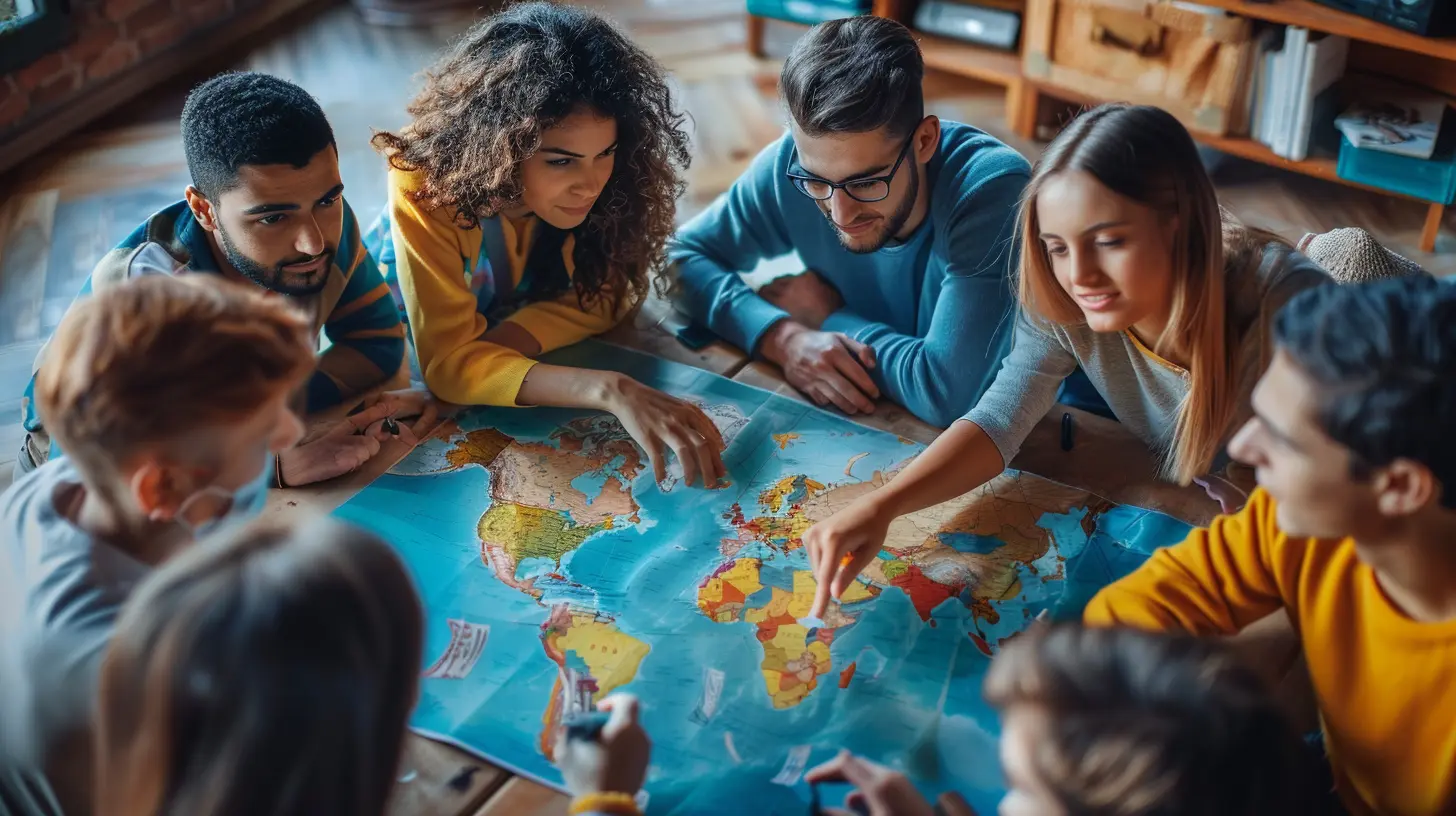
Challenges & How to Overcome Them
While cultural collaboration brings immense benefits, it’s not without its challenges. Here are some common obstacles and tips to overcome them.1. Language Barriers
Not all students speak the same language fluently, which can sometimes create misunderstandings.Solution: Encourage the use of simple, clear language. Use translation tools when needed and promote patience and inclusivity in conversations.
2. Time Zone Differences
Scheduling real-time meetings can be tricky when students are in different parts of the world.Solution: Use asynchronous communication methods like discussion boards, recorded presentations, or shared documents where students can contribute at their convenience.
3. Cultural Differences in Communication Styles
Some cultures encourage direct communication, while others prefer more indirect approaches. This can lead to misinterpretations.Solution: Educators should help students understand different communication styles and encourage open-mindedness and respect for varying cultural norms.
4. Access to Technology
Not all students have reliable internet access or the latest digital tools.Solution: Whenever possible, choose low-tech, accessible solutions such as email exchanges, recorded videos, or mobile-friendly platforms. Schools and organizations can also explore funding options to bridge the digital divide. 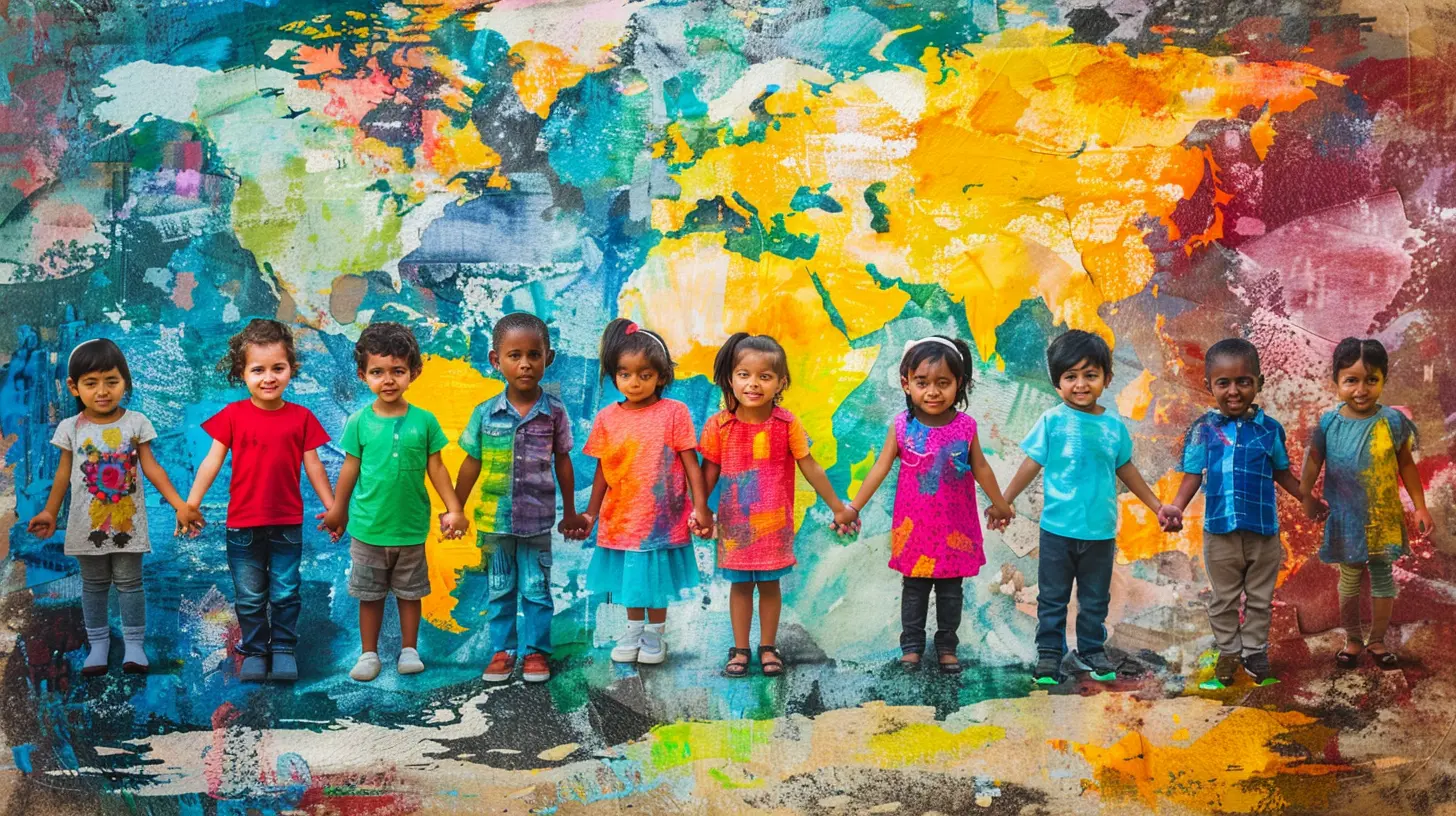
Real-World Examples of Successful Global Collaboration in Classrooms
To truly appreciate the impact of global collaboration, let’s look at some real-world examples where schools have successfully implemented cross-cultural projects.1. The Flat Connections Project
This project connects students from around the world to collaborate on global issues using digital tools. They create multimedia presentations, exchange ideas, and learn from one another in a structured environment.2. Model United Nations (MUN) Events
MUN engages students in debates and discussions about global policies, mimicking real UN meetings. Participants represent different countries and work to solve international problems, promoting diplomacy and critical thinking.3. The Global Read Aloud
In this initiative, students from different countries read the same book at the same time and discuss it online. This fosters a shared literary experience and allows students to see how others interpret the same story based on their cultural backgrounds.These examples show that when done right, global collaboration can be a transformative experience for students.
How Teachers Can Foster a Global Mindset
While introducing projects is a great start, teachers play a key role in cultivating a global mindset in students. Here’s how educators can help:1. Promote Cultural Awareness
Encourage students to learn about different cultures outside of projects. Celebrate international holidays, invite guest speakers, or introduce multicultural literature into the curriculum.2. Encourage Empathy & Open-Mindedness
Help students understand different perspectives by discussing real-world issues and encouraging them to consider multiple viewpoints before forming opinions.3. Teach Digital Citizenship
As students interact with peers from around the world, it’s crucial they understand online etiquette, privacy concerns, and respectful digital communication.4. Lead by Example
Teachers can model global engagement by connecting with international educators, attending global webinars, or sharing their own cross-cultural experiences in class.Final Thoughts
Bringing global projects into the classroom isn’t just about making learning more interesting—it’s about preparing students for the real world. When students collaborate across cultures, they develop empathy, adaptability, and communication skills that will serve them far beyond their school years.Yes, there may be challenges, but the benefits far outweigh them. By embracing technology, fostering a spirit of inclusivity, and guiding students to think globally, educators can create classrooms without borders.
So, what’s stopping you from turning your classroom into a global learning hub? The world is waiting!
all images in this post were generated using AI tools
Category:
CollaborationAuthor:

Bethany Hudson
Discussion
rate this article
3 comments
Brick Stone
Embracing diverse perspectives enriches learning—let’s inspire creativity and understanding through global collaboration!
June 16, 2025 at 3:16 AM

Bethany Hudson
Thank you! I completely agree—diverse perspectives are key to fostering creativity and deeper understanding in our classrooms. Let's continue to champion global collaboration!
Bellamy Curry
Incorporating global projects in the classroom fosters collaboration and cultural awareness among students. By engaging with peers from diverse backgrounds, learners develop critical skills for the interconnected world. This approach not only enhances academic experiences but also prepares students for future global citizenship and cross-cultural collaboration.
June 8, 2025 at 12:56 PM

Bethany Hudson
Thank you for your insightful comment! I completely agree that global projects enrich students' experiences and cultivate essential skills for navigating an interconnected world.
Lysander Shaffer
Thank you for this insightful article on cross-cultural collaboration. It’s inspiring to see how global projects can enrich the classroom experience, fostering understanding and respect among diverse cultures. Excited to implement these ideas in my teaching!
June 3, 2025 at 12:12 PM

Bethany Hudson
Thank you for your kind words! I'm glad you found the article inspiring, and I wish you great success in implementing these ideas in your teaching.



